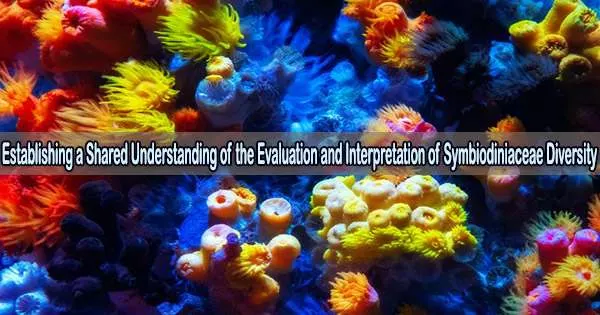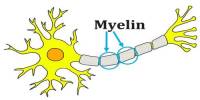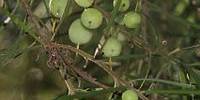A perspective to reach agreement on the evaluation and interpretation of Symbiodiniaceae diversity is presented in new research by Dr. Sarah Davis and 61 other scientists from 12 nations, which was published in PeerJ.
A family of marine dinoflagellates (plankton) called Symbiodiniaceae is renowned for its symbiotic relationships with sea anemones, jellyfish, marine sponges, and other marine animals. For those attempting to preserve and rebuild coral reefs that are in danger all over the world, knowledge of the Symbiodiniaceae is crucial.
“The authors hope this paper will provide a springboard to launch novel, transformative investigations into coral symbiosis at this critical juncture for reefs,” said Dr. Sarah Davis.
There are currently 10 genera and over 100 species of Symbiodiniaceae identified, each with different morphological, physiological, and ecological characteristics. These different species have distinct thermal and light tolerances, which can affect the ability of the host organisms to survive and thrive under different environmental conditions.
Despite developments in Symbiodiniaceae genomics, a lack of agreement on how to interpret genetic data among researchers has hampered progress in the field and made it difficult to reconcile results.
The authors identify key challenges regarding the assessment and interpretation of Symbiodiniaceae genetic diversity across three levels: species, populations and communities.
“This manuscript was the result of an NSF-funded workshop aimed at bringing members of the Symbiodiniaceae research community together to discuss past scientific disagreements, identify areas of shared consensus, and craft a more inclusive path forward,” said Dr. Sarah Davis.
The study highlights widely acknowledged methods and techniques while summarizing areas of consensus. The authors present technology and methods that can assist to close knowledge gaps linked to genetic and phenotypic variety in areas where disagreement still exists. They also identify unresolved problems in those areas.
“We also discuss ways to stimulate progress, in particular by fostering a more inclusive and collaborative research community. We hope that this perspective will inspire and accelerate coral reef science by serving as a resource to those designing experiments, publishing research, and applying for funding related to Symbiodiniaceae and their symbiotic partnerships,” write the authors.
















